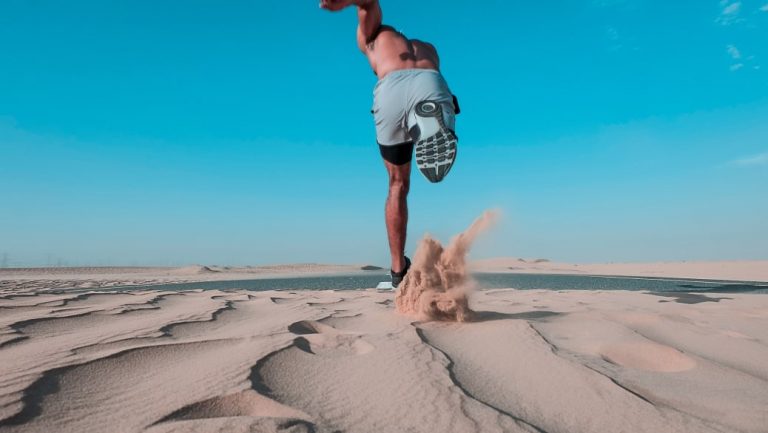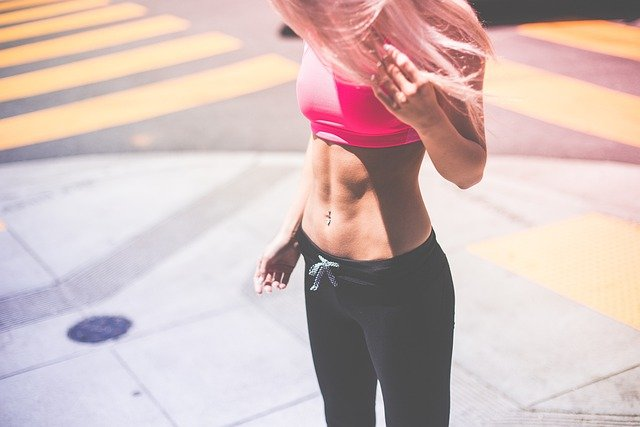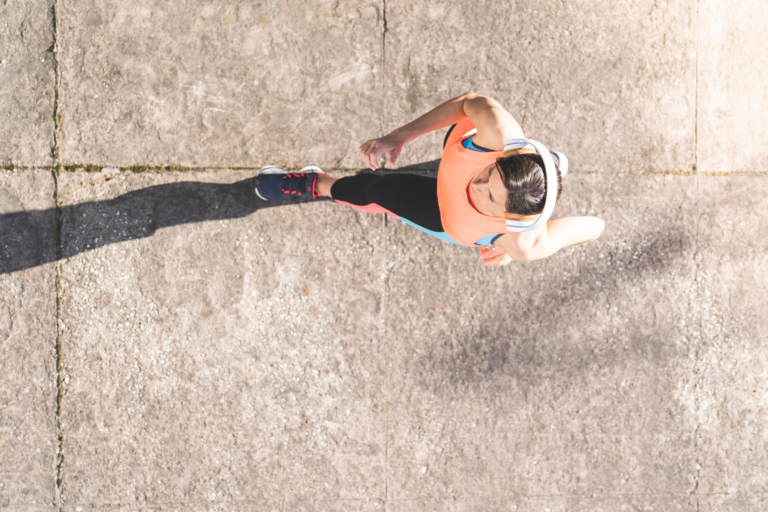Are Running Shoes Supposed To Be Tight?
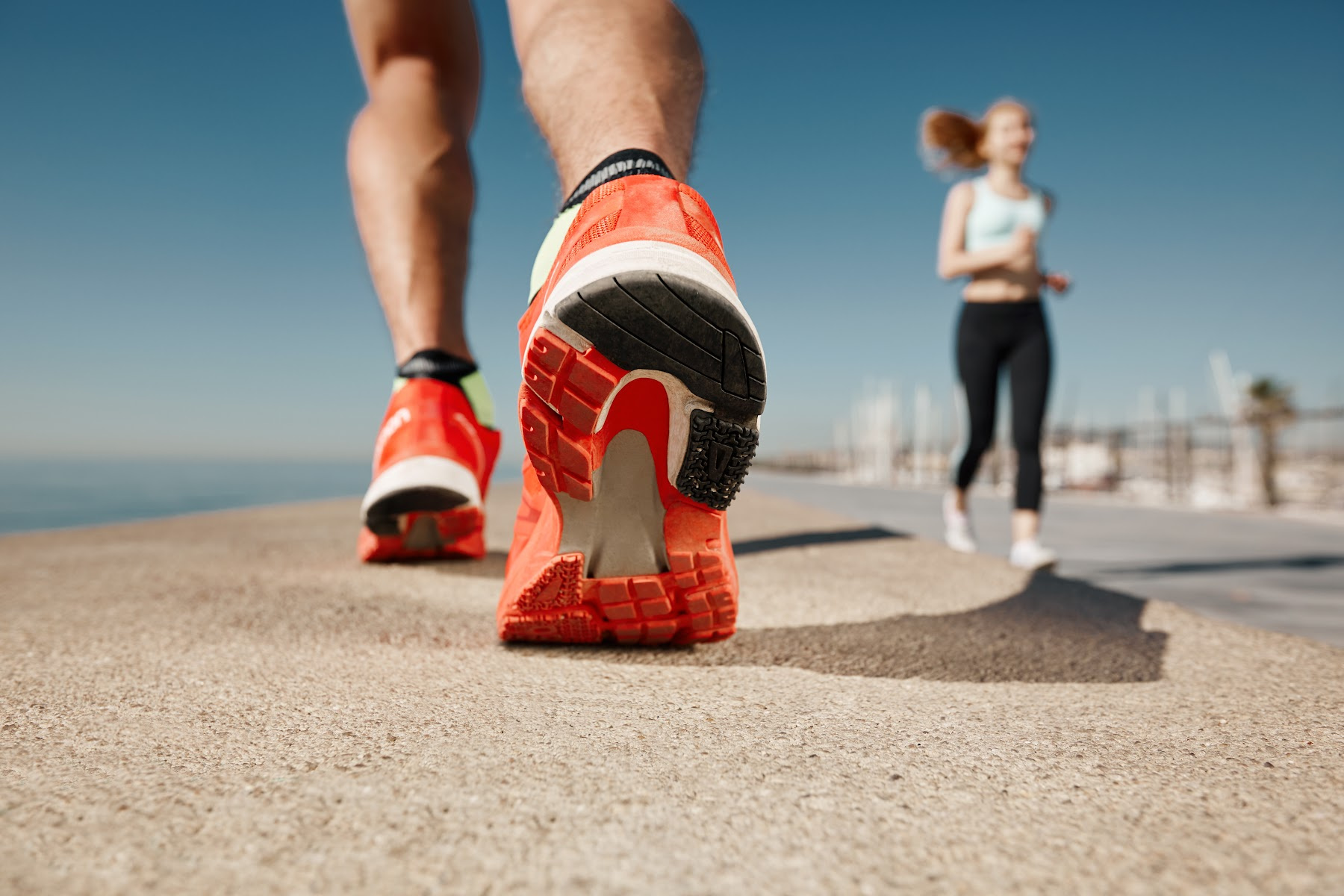
Introduction
We all have opinions when it comes to wearing shoes. Whether you’re selecting the right shoe for an outfit, a night out, a work event, or some type of physical activity, picking out a new pair of shoes is a big event.
When it comes to running shoes, every runner has their own opinion as to what makes a shoe excellent or bad, but there are some general guidelines you can use to judge whether or not a pair of running shoes is right for you. If a shoe has a snug fit in the heel and midfoot, provides enough room at the toes, and allows you a bit of wiggle room to move your toes while you’re standing comfortably, it’s probably a safe bet that the shoe is of good quality and will offer the support you need during your run.
First-time runners usually have the most difficult time deciding if a running shoe fits properly. The inside of a running shoe is at its most rigid, so it’s typically the last place to go for a comfortable fit. That’s why runners with little or no experience will often suffer from poorly fitting shoes, such as shoes that are too tight in the heel, shoes that don’t allow toe wiggle room, or shoes that don’t match their fitness goals.
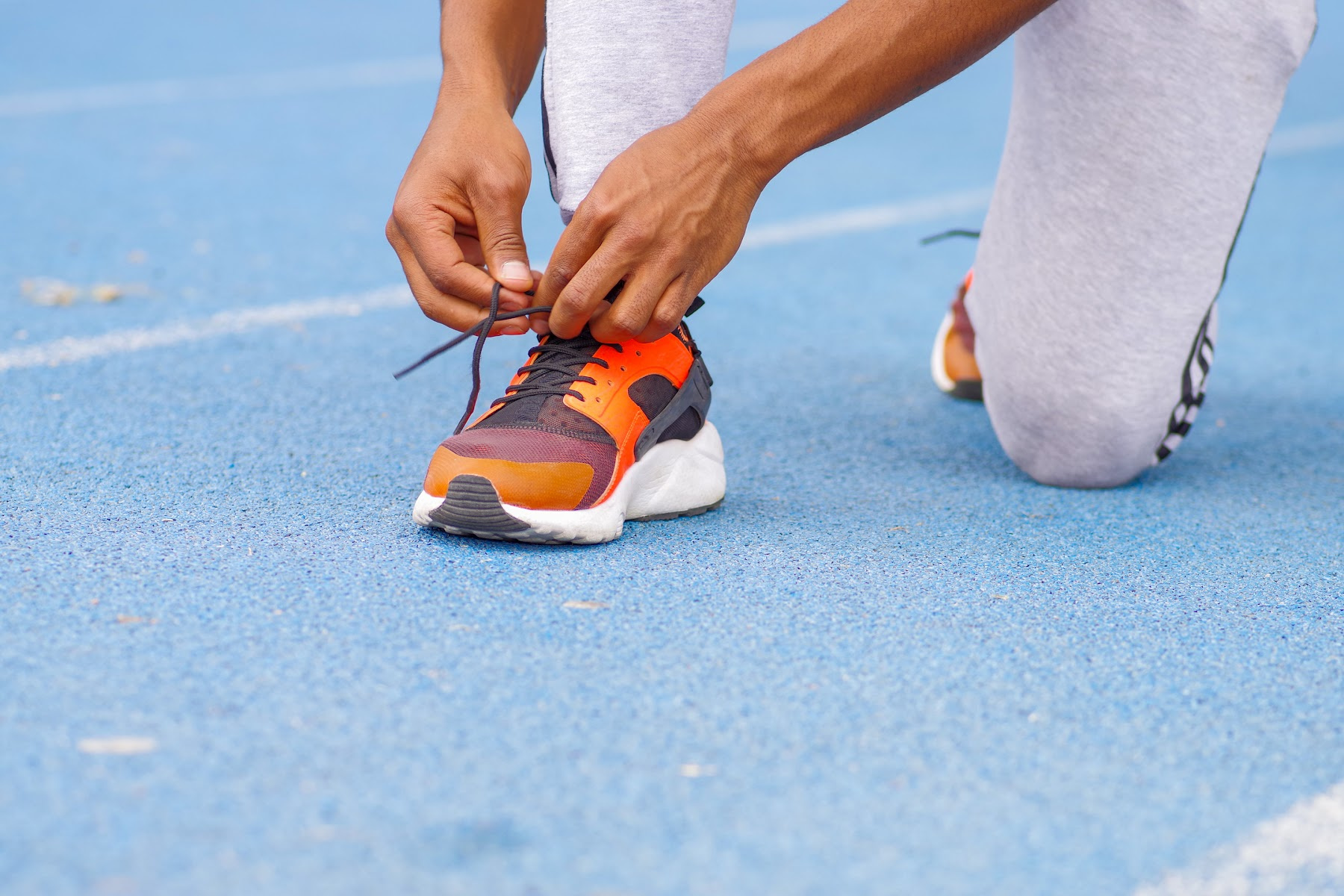
Are Running Shoes Supposed to be Tight?
If you’ve done your research or worked with shoe stores to pick out the perfect running shoe for your foot shape and foot arch, then, most likely, your running shoes are probably a little tight.
This can be an uncomfortable feeling at first, but there’s a reason for it, and it has to do with stability. For example, think of the shoe in relation to your foot and leg as a triangle. The heel is at one point of the triangle, while the ankle is at another point, and your toes make up the third corner.
If you tighten your laces or adjust shoelaces so that they are aligned straight across from each other (instead of crisscrossing), then this will create a more stable platform for your foot and ankle to rest on as you run.
A tighter fit makes it easier for these two points in space to stay together during high-impact movements such as running or jumping rope—which means fewer chances for injury. Tight shoes aren’t just about stability, they’re also more comfortable than a loose shoe because they provide better support throughout each step taken by those feet hitting against hard floors all day long.
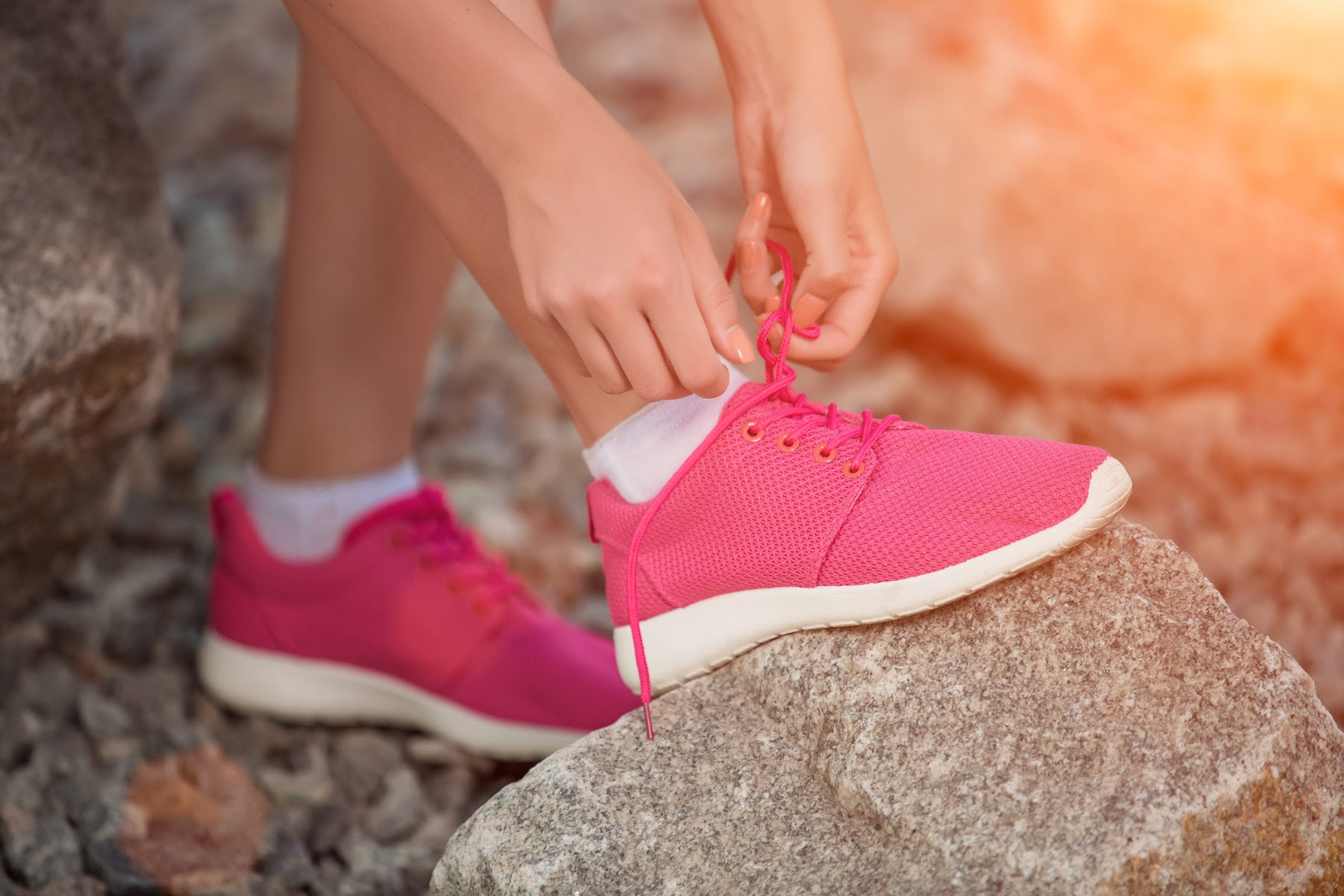
Is it Better to Wear Tight or Loose Running Shoes?
Tight shoes can cause blisters and chafing, as well as hot spots and even foot pain. However, loose-fitting running shoes are also at risk of causing these issues, but in different ways: loose shoes don’t provide much support for your feet and may allow you to roll your ankle more easily.
If you’re not sure what to do about a tight or loose-fitting running shoe, here are some tips:
Tightness in a shoe is usually caused by the laces (or lack thereof). To fix this issue, try loosening the laces until there’s enough room for some breathing room without straining anything else.
If you have wide feet and need extra cushioning around that area specifically, then opting for an extra wide sneaker or shoe might be helpful! This will take care of any discomfort caused by tightness around ankles while still giving them enough support overall.
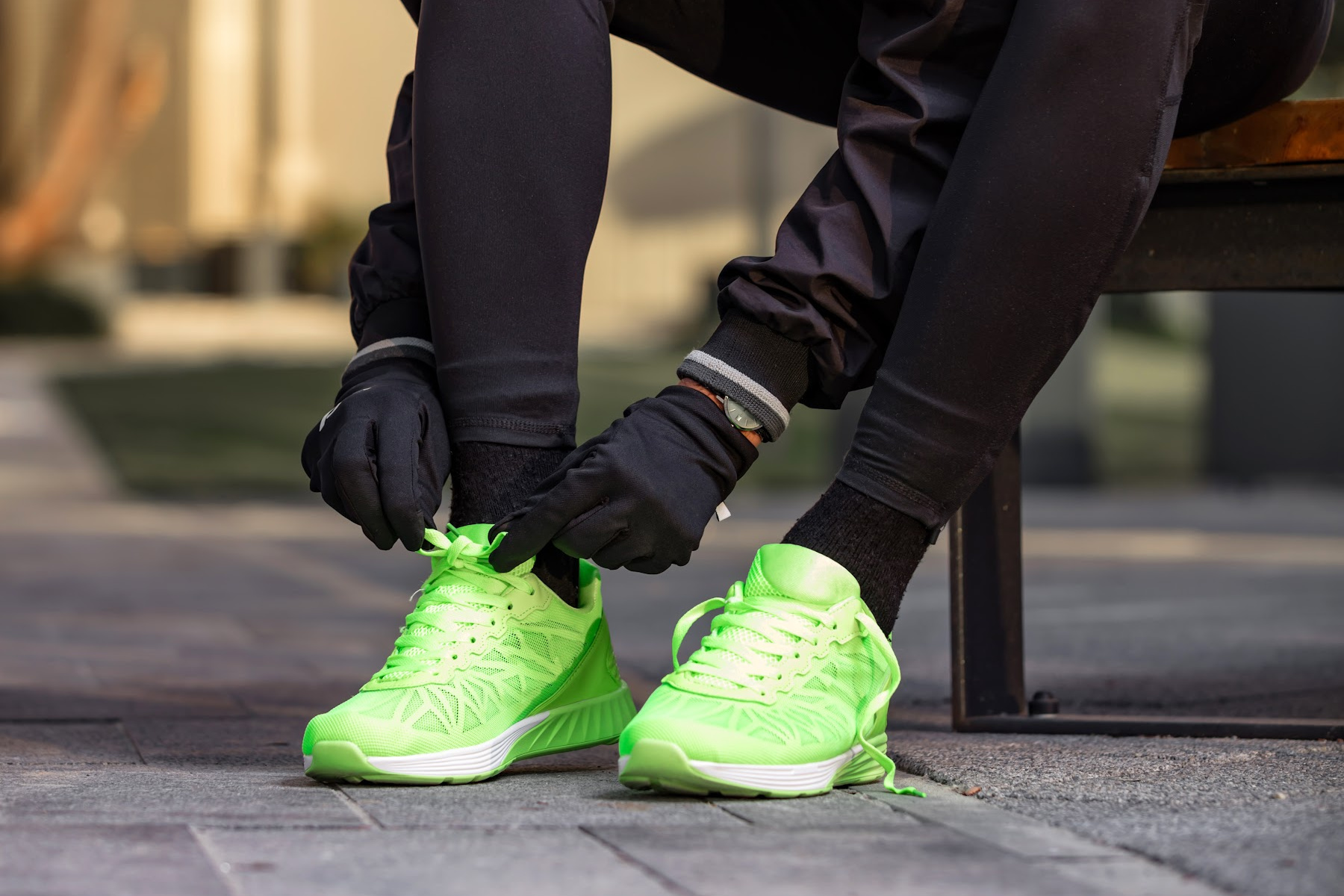
Choosing the Right Running Shoes
If you’re going to be running in your shoes, it’s important to keep your feet happy. The first thing to consider when buying running shoes is comfort. If the shoe feels good on your foot, then it will be easier to run in, and more likely that you’ll stick with your training program.
The second thing to look out for is fit; even if a pair of shoes are comfortable and feel right at home on your foot, they can still cause problems if they don’t fit properly. When trying on different pairs of running shoes, check that:
There’s enough room around the toes so that they can move freely without rubbing against one another or getting stuck inside their own space (this is called ‘foot drop’).
There’s enough room around the toes so that they can move freely without rubbing against one another or getting stuck inside their own space (this is called ‘foot drop’).
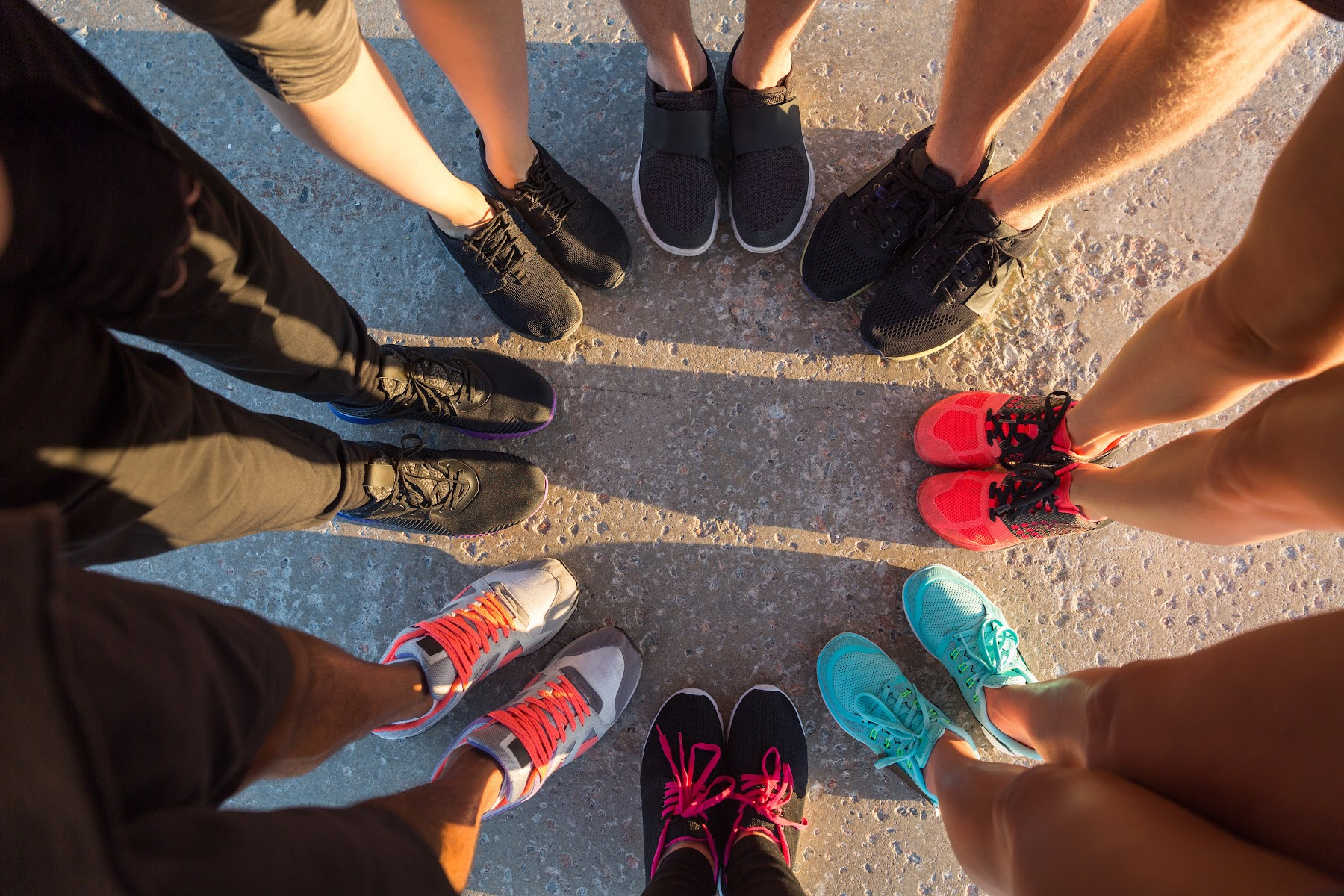
How can I Make my Running Shoes More Comfortable?
You can make your running shoes more comfortable by wearing them in. Running shoes are designed to be worn for a period of time to break them in before you wear them for a run. This makes them more comfortable and helps prevent blisters, hot spots, and other foot problems.
If you’re having discomfort in your running shoes, try the following:
Wear Different Socks
Some runners find that certain types of socks make their feet feel better than others. For example, cotton socks may cause rubbing, whereas wool or synthetic blends will not cause as much friction between your foot and the shoe’s upper materials. Try changing either type or thickness of the sock (or both) for at least one run before deciding whether it made any difference to your comfort level.
Switch Brands or Styles
Since running styles vary greatly among different brands and styles of shoes, they may fit differently even if they appear similar on the outside (for example, two pairs of Adidas Supernova Glide 7s). If this seems likely based on what we know about how each brand fits based on previous experiences with other models from that maker, then go ahead and buy another pair — but remember that it can take up to several weeks before any significant changes occur, so patience is key here.
The Fit is Vital
A running shoe should fit like a glove, with extra room for your toes to wiggle. It should feel comfortable and snug but not too tight around the foot or heel. When you put on your shoes and lace them up, it’s normal for the top of the shoe to be a little higher than the ankle—you don’t want to have too much slack in there.
If there is excess space on either side of your feet, then that may be an indication that they are too big for you and need replacing with a smaller size (or even two).
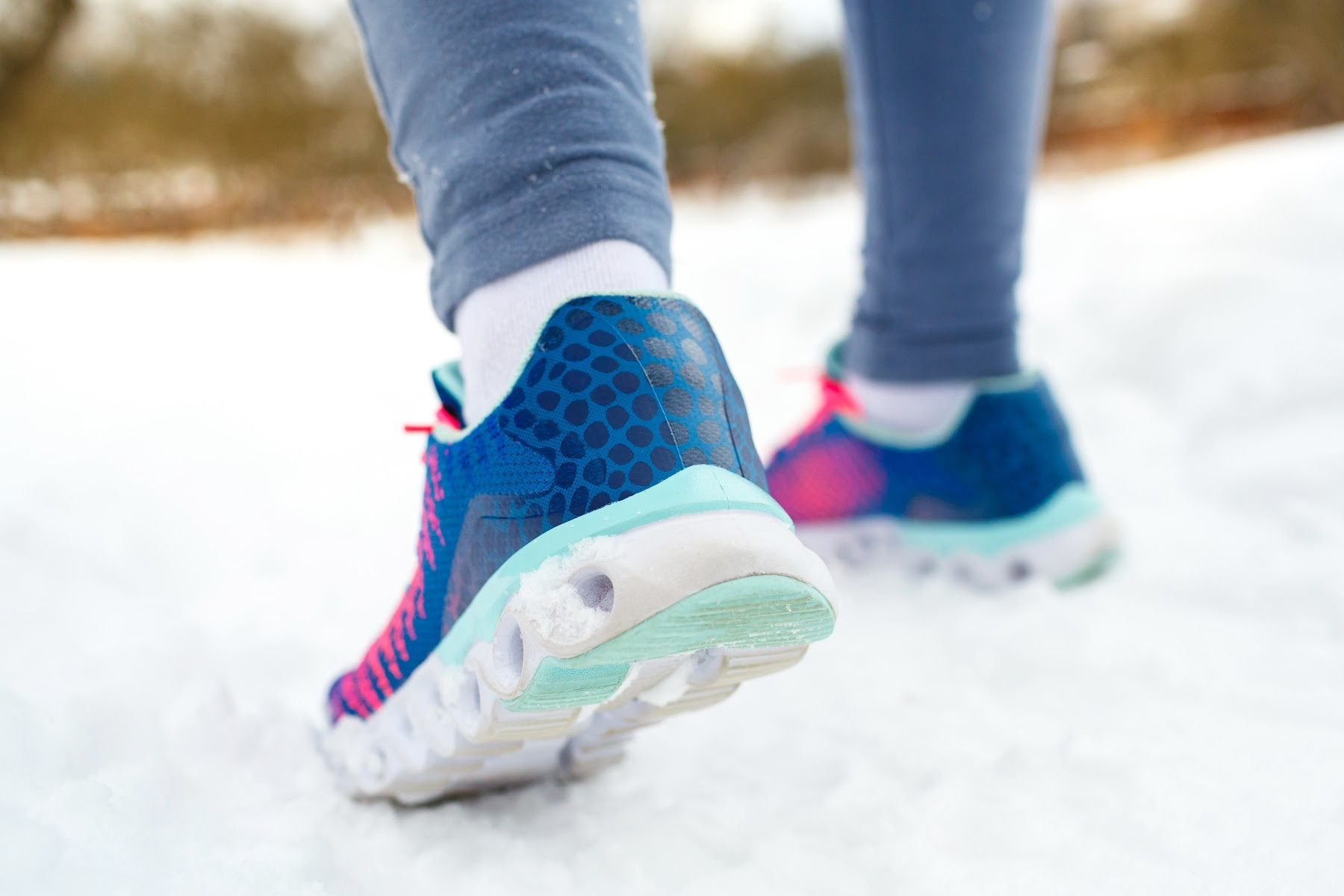
Conclusion
In conclusion, Running shoes are a vital part of your running gear. And running shoes are supposed to be tight. They’re one of the most important parts of your body when running and they need to fit correctly in order for you to run safely and efficiently. If they don’t fit right, then either your feet will hurt or you could risk injury by running in shoes that don’t fit properly.
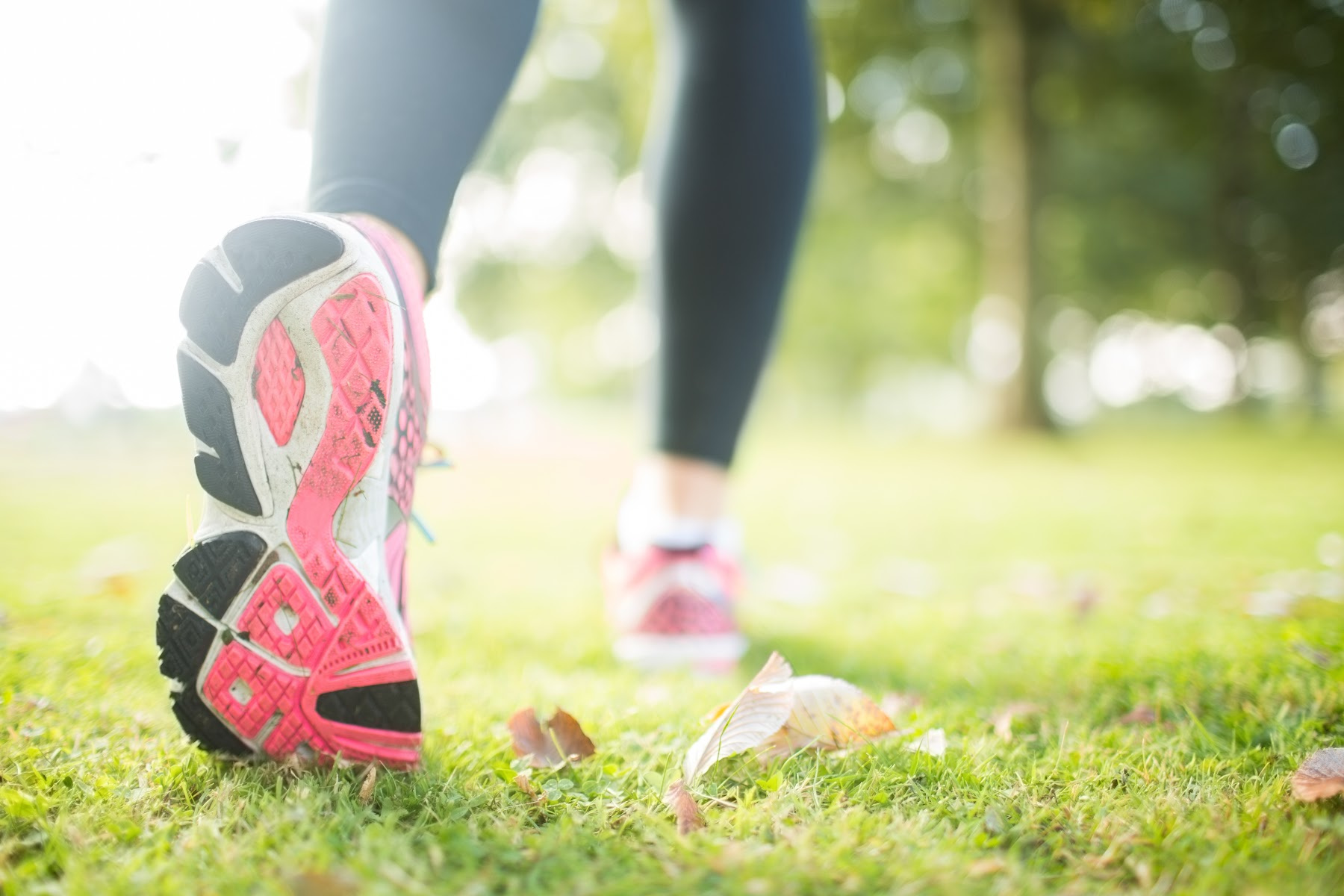
References and Citation
Alison. (2022, May 5). Are running shoes supposed to be tight? Love Life Be Fit, from https://lovelifebefit.com/how-tight-should-running-shoes-be/
Tocci, K., Hussain, Eric, & Ka. (2022, August 4). How tight should running shoes be? Running Shoe Fitting Guide. Marathon Handbook., from https://marathonhandbook.com/running-shoe-fitting-guide/
REI. (n.d.). How should running shoes fit : Rei Co-op. REI, from https://www.rei.com/learn/expert-advice/how-should-running-shoes-fit.html
Hopes, S. (2022, June 30). How running shoes should fit. LiveScience, from https://www.livescience.com/how-running-shoes-should-fit
How to make sure your shoes and boots are the right fit. Clarks. (n.d.), from https://www.clarks.co.uk/editorial/how-should-shoes-fit

